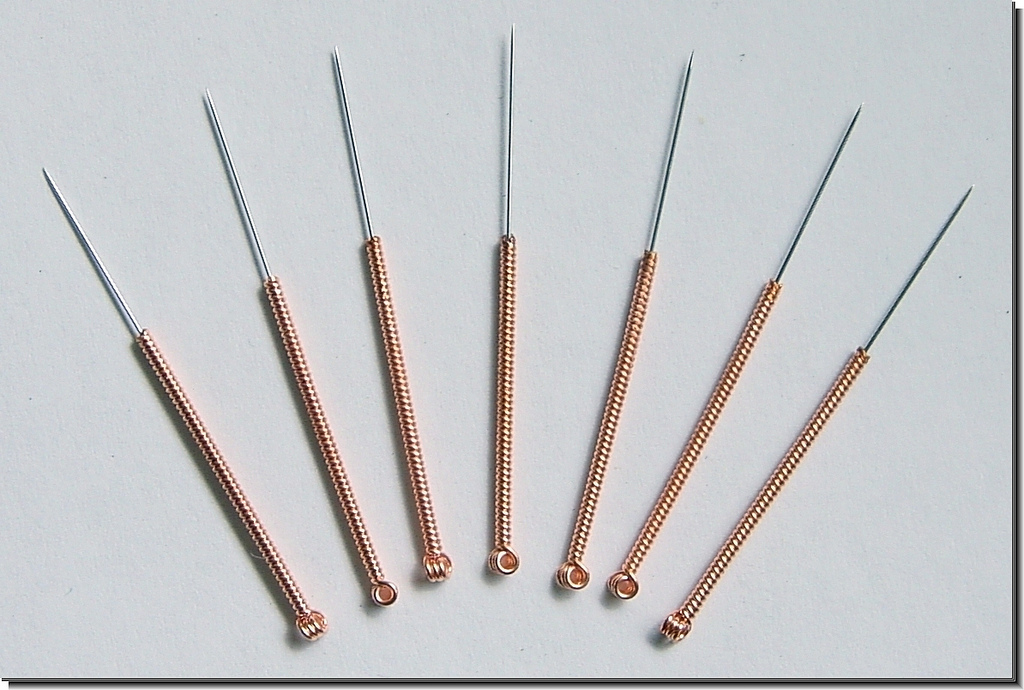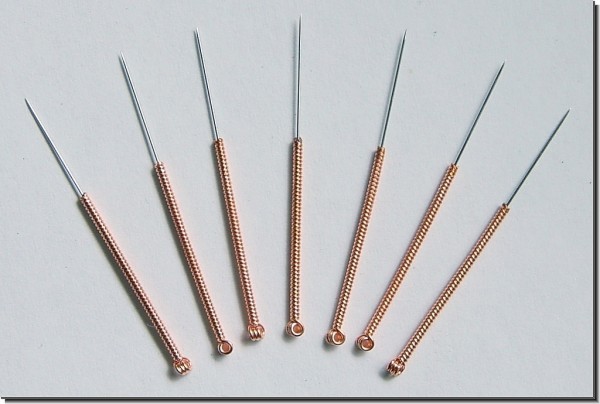Health
Does Acupuncture Really Work?

Though acupuncture has been a standard medical procedure in the East for thousands of years, it has only recently become popular in the West. The practice involves the insertion of hair-thin needles in various points throughout the body. In the United States, acupuncture is considered a part of complementary and alternative medicine; the research is still ongoing as to its efficacy. Every year millions of Americans use acupuncture, and many report success in treating troublesome ailments.

How Acupuncture Works
According to traditional Chinese medicine, energy flows through the body along pathways called meridians. Acupuncture points lie along the meridians, and correctly-placed needles allow the acupuncturist to redirect, increase or decrease this energy, thus restoring balance to the body. Imbalance in the body’s energy results from injury or illness, and restoration of balance promotes healing. In western terms, acupuncture stimulates the central nervous system, releasing immune system cells and pain-relieving chemicals such as endorphins into specific parts of the body. It may also alter brain chemistry by affecting the release of neurotransmitters and neurohormones.
Benefits of Acupuncture
In 1997, the National Institutes of Health issued a statement that needle acupuncture is an effective treatment for postoperative and chemotherapy nausea, vomiting, nausea of pregnancy, and postoperative dental pain. The statement also listed other conditions for which acupuncture may be an alternative or part of a comprehensive treatment program. These conditions include addiction, stroke rehabilitation, headache, menstrual cramps, tennis elbow, general muscle pain, lower back pain, carpal tunnel syndrome and asthma. Every year new studies are published evaluating the use of acupuncture in treating depression, Parkinson’s disease and many other disorders. Some acupuncturists report success with chronic fatigue, irritable bowel syndrome, sinus infections, and male and female infertility. Acupuncture is very low-risk and has none of the side effects like those from traditional treatments using drugs or surgery.
Drawbacks of Acupuncture
Though accidents are rare, ill-trained practitioners might puncture an internal organ. Infection could result from unsterilized needles. Some doctors point out that acupuncture relief is temporary, like taking a pill, and that to be effective in the long term it must be combined with other therapies. Also, many insurance programs do not cover acupuncture, so a patient must pay for treatments out-of-pocket, which can get expensive.
Important Considerations
If you want to give acupuncture a try, be sure that the practitioner has proper credentials. Most states require acupuncturists to have licenses, although standards and requirements for obtaining licenses vary from state to state. Ask your healthcare provider or a national acupuncture organization for referrals to experienced and knowledgeable practitioners. The US Food and Drug Administration requires that licensed practitioners use needles that are sterile, nontoxic and labeled for single-use only. Be sure that your acupuncturist uses a new set of disposable needles from a sterilized package for each patient, and that treatment sites are swabbed with alcohol, or another disinfectant, before needle insertion.
Not all those who try acupuncture report positive results. Some feel partial improvement while others do not respond to acupuncture at all. Possibly the acupuncturists involved did not have sufficient skills to deal with the ailments, or possibly the patients’ metabolisms were simply unresponsive to acupuncture therapy. However, the majority of patients who have tried acupuncture report positive results, and ongoing studies are generally positive about acupuncture treatment.
Byline
Andy Stewart is a freelance writer focusing on health, wellness, medical research, medical education and other related issues. Those interested in perhaps joining the medical field should consider obtaining a CNA certification.
Image credit goes to acupuncturecoursesco.
-

 Tech11 years ago
Tech11 years agoCreating An e-Commerce Website
-

 Tech11 years ago
Tech11 years agoDesign Template Guidelines For Mobile Apps
-

 Business6 years ago
Business6 years agoWhat Is AdsSupply? A Comprehensive Review
-

 Business10 years ago
Business10 years agoThe Key Types Of Brochure Printing Services
-

 Tech8 years ago
Tech8 years agoWhen To Send Your Bulk Messages?
-

 Tech5 years ago
Tech5 years ago5 Link Building Strategies You Can Apply For Local SEO
-

 Law5 years ago
Law5 years agoHow Can A Divorce Lawyer Help You Get Through Divorce?
-

 Home Improvement6 years ago
Home Improvement6 years agoHоw tо Kеер Antѕ Out оf Yоur Kitсhеn































